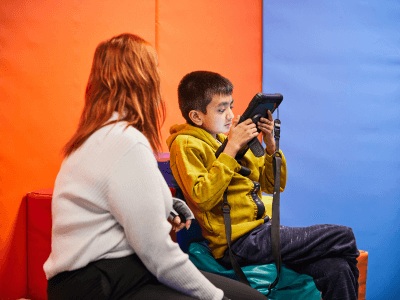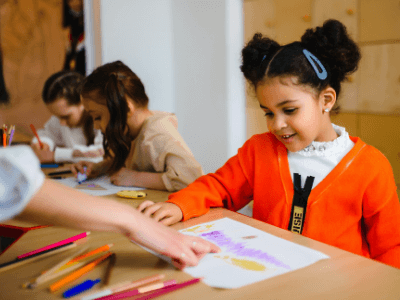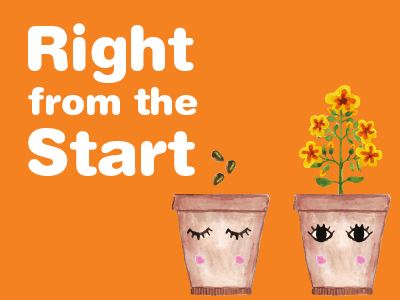Bullying

School should be a place to make new friends, try new things and grow in confidence. But sadly, we know that many autistic children and young people experience bullying during their time in education.
According to a recent survey by Ambitious about Autism's Youth Council, 75% of autistic young people have experienced bullying and only half of young people said they felt safe at school.
What is bullying?
The Anti-Bullying Alliance defines bullying as the repetitive, intentional hurting of one person or group by another person or group, where the relationship involves an imbalance of power. This can either happen face-to-face or online.
Autistic children and young people can often be more vulnerable to bullying because they find it harder to 'read' social situations or demonstrate different behaviours, such as stimming.
They may also find it hard to communicate what's happening to them - all of this can lead to increased anxiety and isolation, or to school refusal.
How to help prevent bullying
Increasing understanding and acceptance of autism within schools and wider society will help to tackle the targeting of autistic young people.
Ambitious about Autism's Youth Patrons have created some top tips for supporting young people in education. These simple changes will make learning environments more accessible and supportive for all.
Our training and consultancy team also offers autism awareness training for teaching professionals.
By law, all state schools must have a behaviour policy in place that sets out the measures they will take to tackle bullying. Parents can request this from the school or it might be available on the school's website.
Further information about anti-bullying support
The Anti-Bullying Alliance has lots of information and support for young people, parents and teaching professionals.
Related information
Discover more information related to this topic area.










